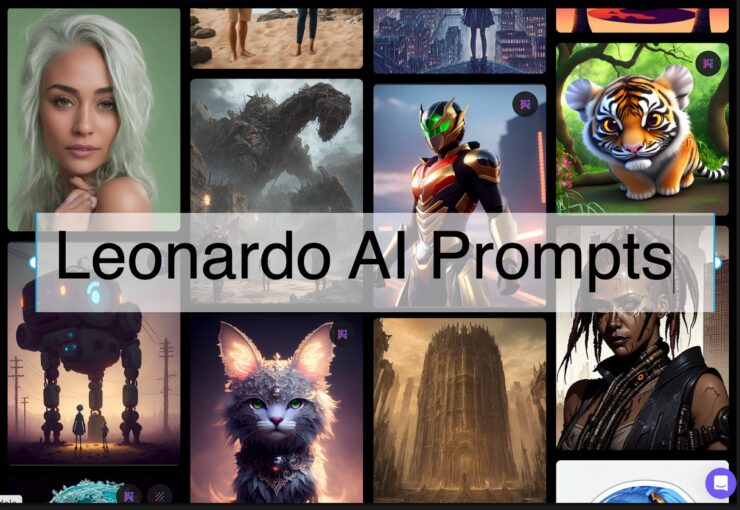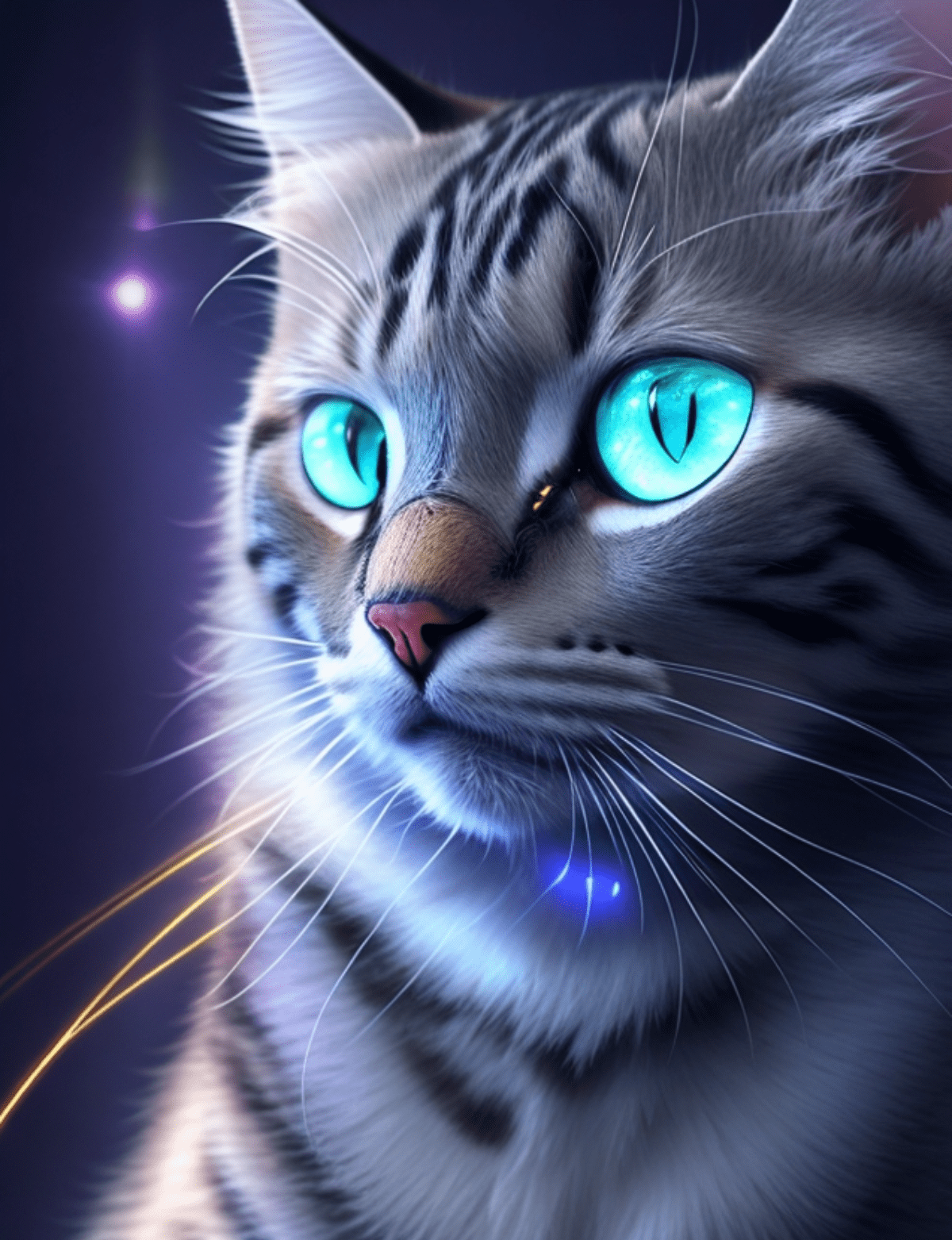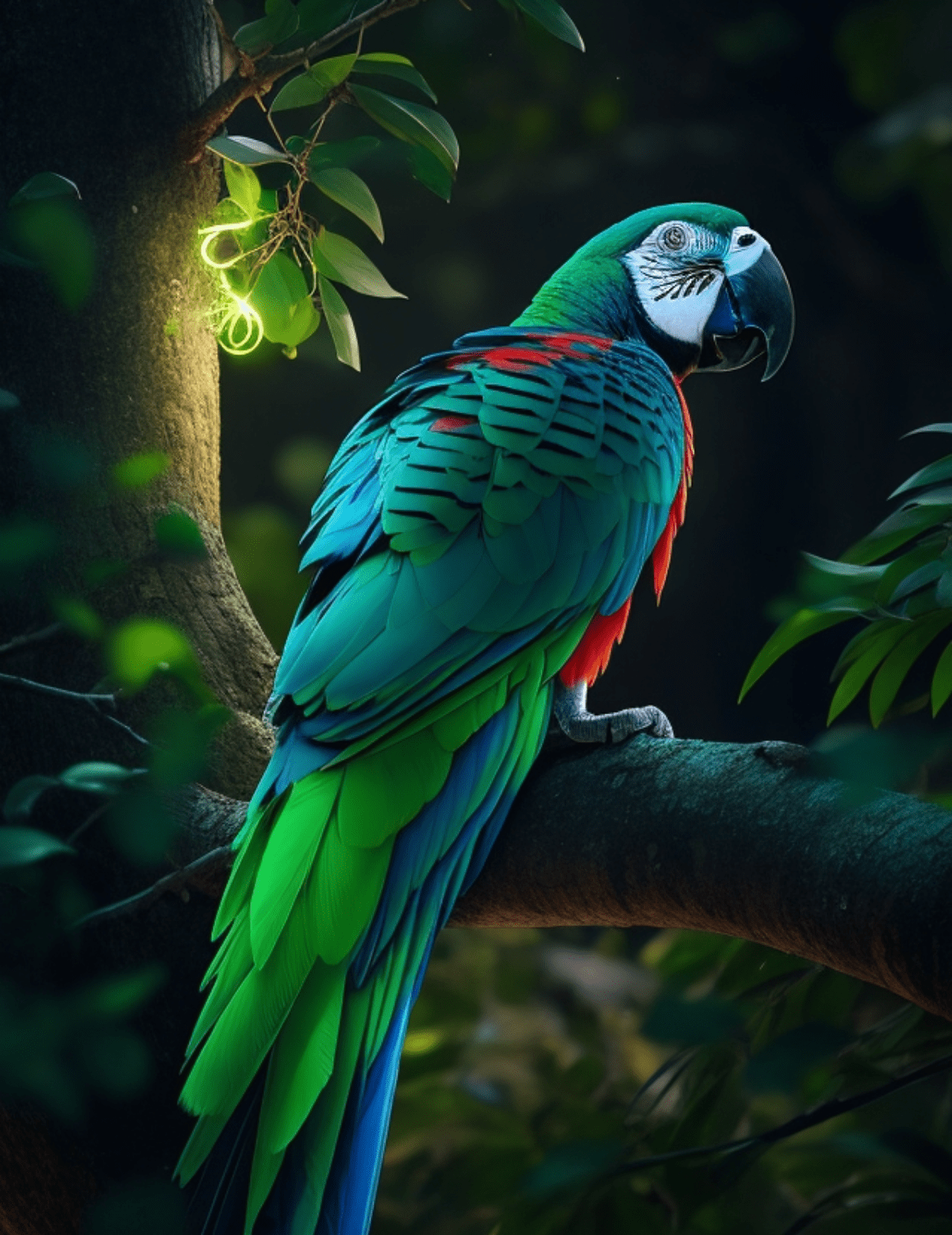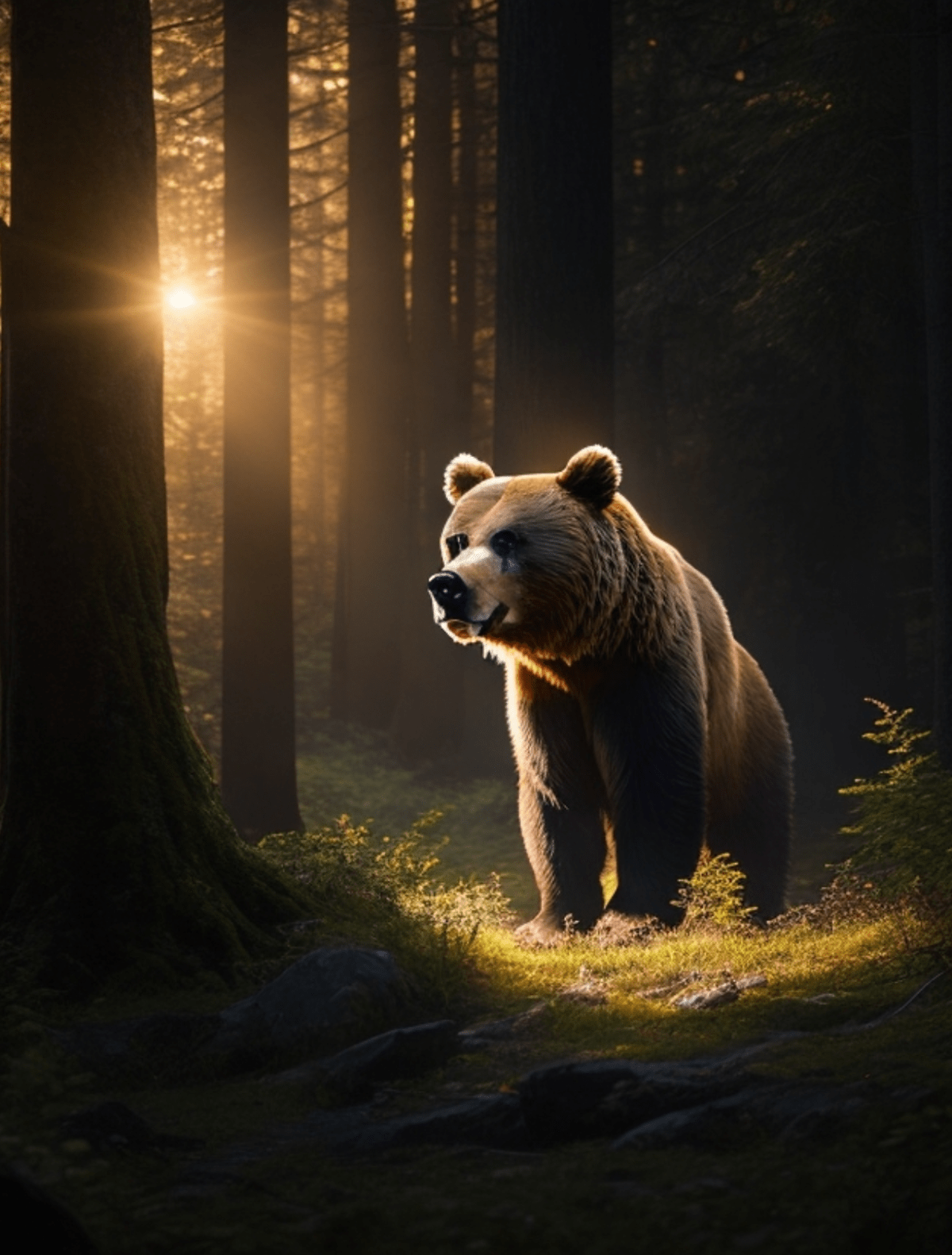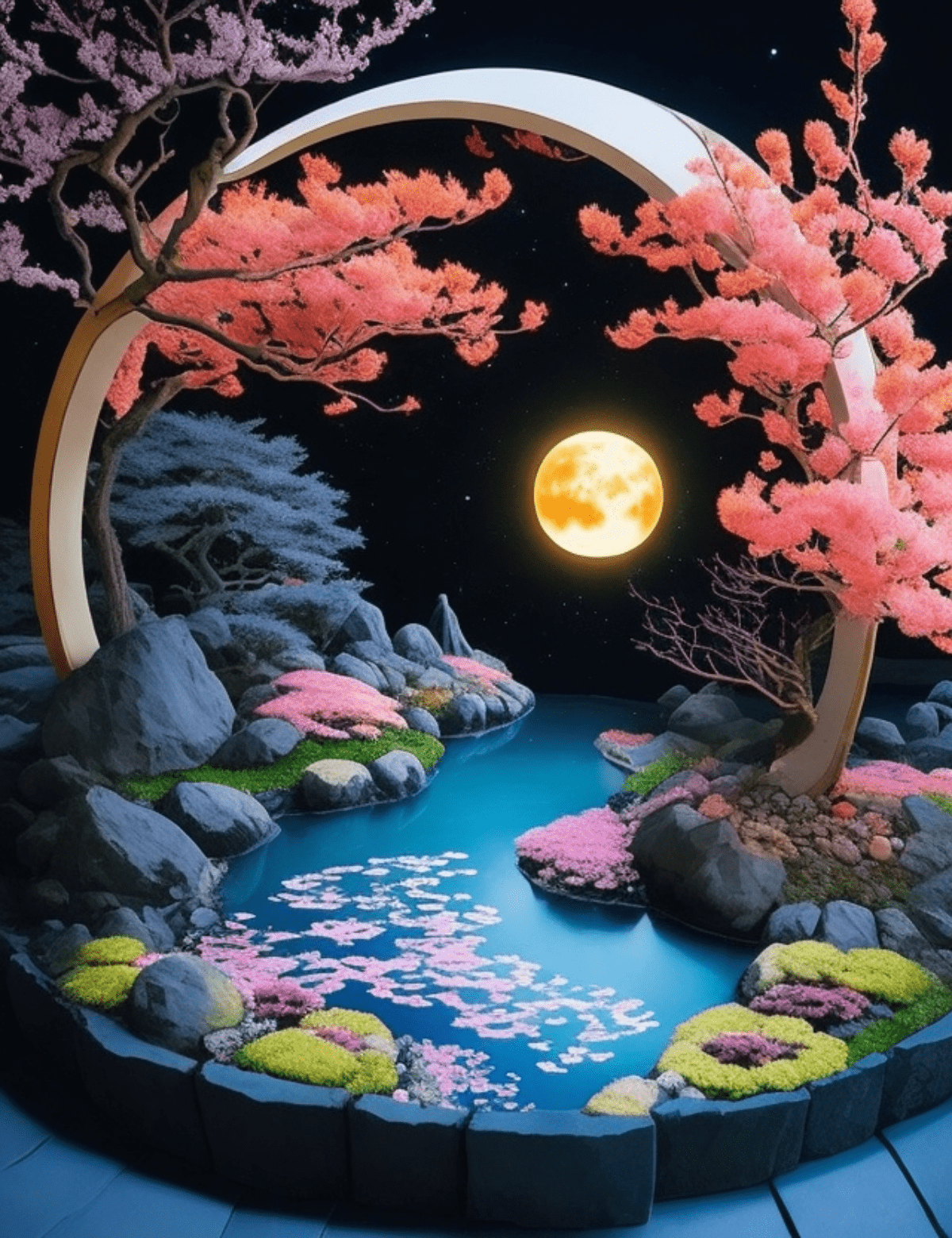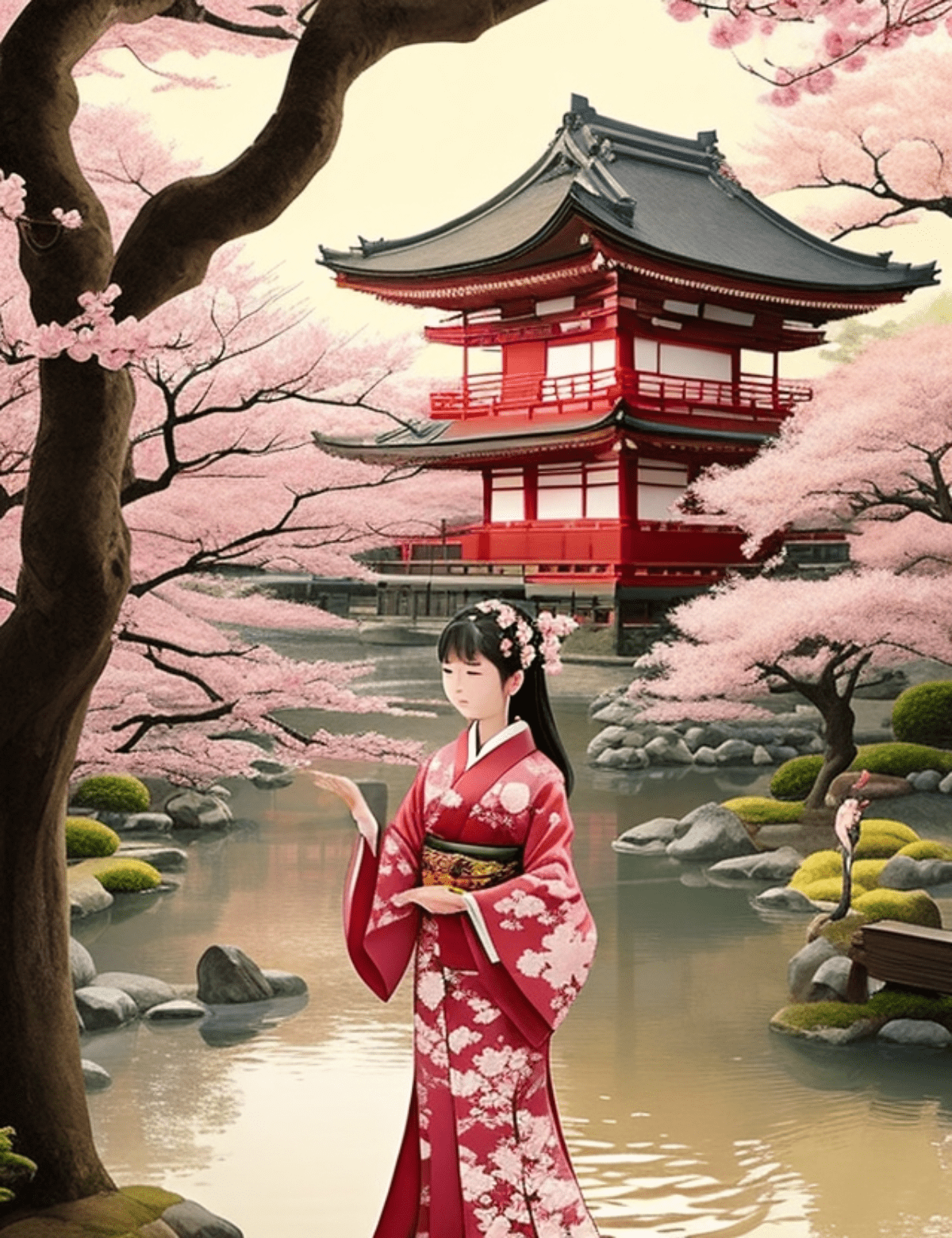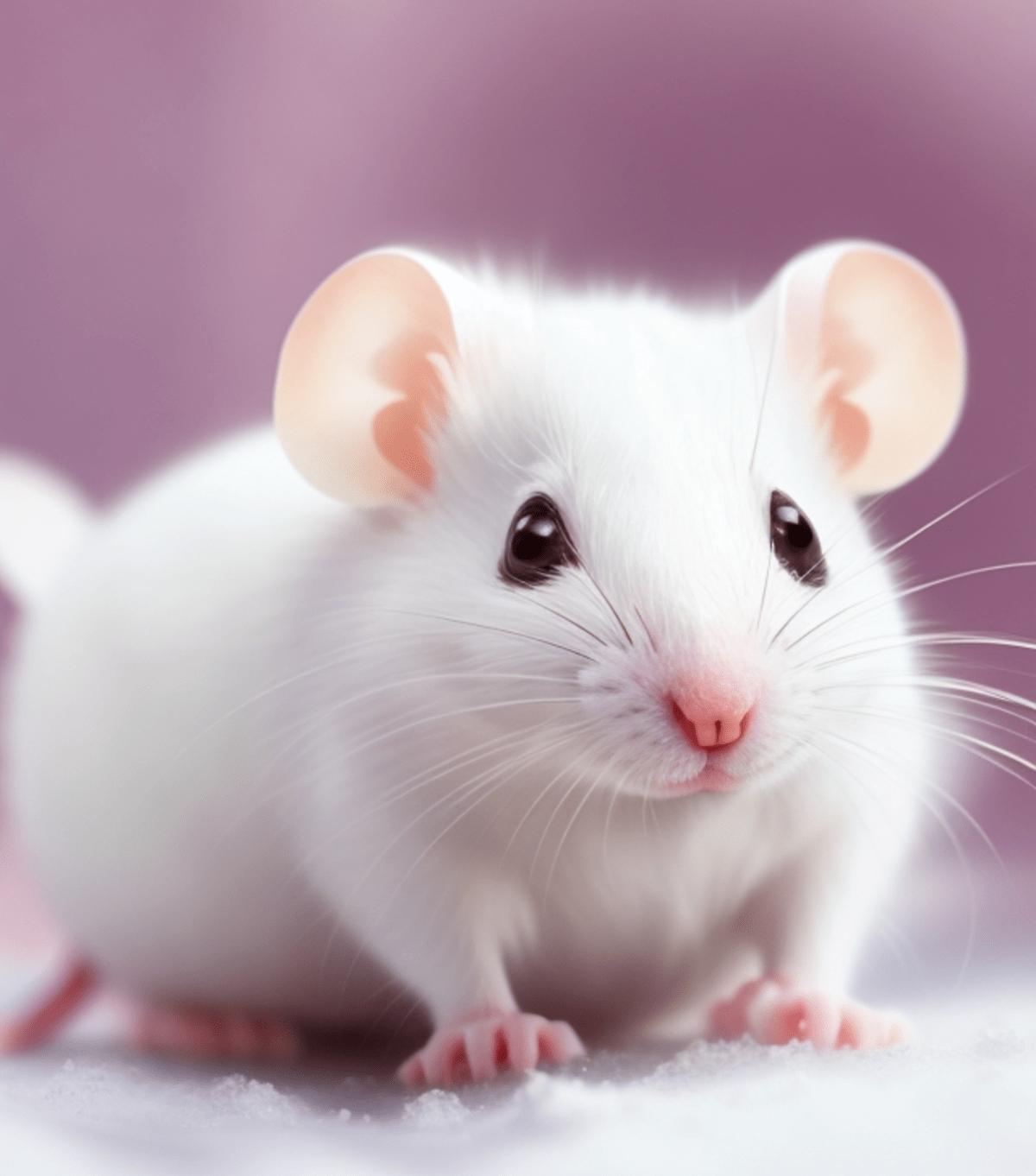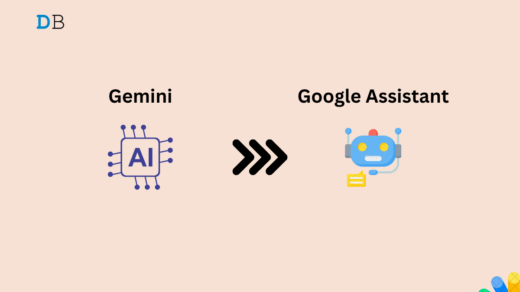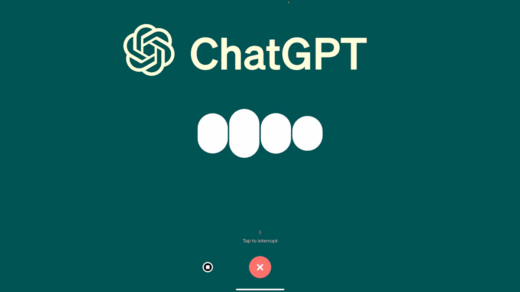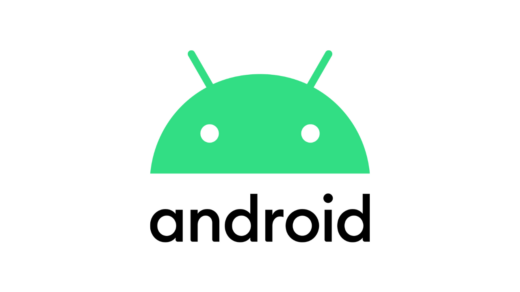Language generation has emerged as a transformative technology in the rapidly evolving field of artificial intelligence. One of the most promising models in this domain is Leonardo AI, an advanced language model developed by OpenAI.
Leonardo AI has captivated researchers, writers, and developers worldwide, revolutionizing how we interact with AI systems.
In this comprehensive guide, we will delve into the intricacies of Leonardo AI, exploring its capabilities, potential applications, and the steps to harness its power effectively.
What is Leonardo AI?
Leonardo AI is built upon the foundation of GPT-3.5, the state-of-the-art language model developed by OpenAI. It combines deep learning techniques with a massive dataset to generate human-like text responses.
With its vast knowledge base and ability to grasp the context, Leonardo AI can engage in conversations, answer questions, generate creative content, and write code.
It has been trained on an extensive range of internet text sources, equipping it with an exceptional understanding of language and diverse subjects.
Leonardo AI Prompts Guide
Discover the ultimate Leonardo AI prompts guide, empowering you to unleash your creativity and craft breathtaking artwork.
By adhering to this guide, you will master the art of utilizing Leonardo AI to its full potential, creating awe-inspiring masterpieces. Furthermore, you will gain invaluable insights into the art of writing prompts designed explicitly for Leonardo AI.
1. Lighting Prompts
Our initial technique involves incorporating lighting elements into prompts. It’s no coincidence that exceptional images possess exceptional lighting.
Enhance your AI-generated images instantly by integrating lighting prompts. Feel free to employ descriptors like Dramatic, Volumetric, Cinematic, or Studio Lighting within your prompts.
Numerous lighting styles await your experimentation, enabling you to elevate your images further. Venture into the exploration of diverse lighting techniques. Additional lighting styles include Bioluminescent, Neon, Chiaroscuro, and Holographic Lighting.
Let’s take a look at some Examples:-
- A portrait of a cat in holographic lighting

- A portrait of a parrot on a tree in bioluminescent lighting

- An image of a brown bear in the woods, in chiaroscuro lighting

Other Lighting Styles
- Backlit
- Mood Lighting
- Glowing
- Shimmering
- Polished
- Satin
- Spotlight
- Floodlight
- Radiance
- Luminous
- Silken
- Frosted
- Glittering
- Sparkling
- Reflective
- Mirrored
- Rim Light
- Shadowed
- Low-Light
- Contrasted
- Dappled
- Silhouetted
- Highlighted
- Filtered
2. Style Fusion
If you’re unfamiliar with it, you’re truly depriving yourself of a remarkable prompting technique. Unite multiple artistic styles to generate unparalleled and awe-inspiring results.
Enrich your prompts by incorporating specific genres and the names of renowned artists. Then, allow the AI to merge diverse genres, resulting in astonishing and captivating artistic creations.
a) Famous Artists
- Pablo Picasso
- Max Ernst
- Jackson Pollock
- Salvador Dali
- Vincent van Gogh
- Mattias Adolfsso
- Wassily Kandinsky
- Norman Rockwell
- Leonardo da Vinci
b) Style
- Illustration
- Pixar
- Cyberpunk
- Realism
- Studio Ghibli
- Wasteland Punk
- Watercolor
- Poster style
- Landscape
- Visual impact
- Ukiyoe
- Post-impressionism
- Architectural design
- Ink style
- Surrealism
- Watercolor painting
- Neo-realism
Here are two examples of prompts you can use:
- Craft a surreal scenery that draws inspiration from a different celestial body within our solar system. Let this imaginative landscape showcase unique geological structures and alien vegetation and creatures.

- Envision a poised young lady exuding grace as she delicately holds a branch adorned with cherry blossoms. Surround her with a traditional Japanese garden, resplendent in vivid blooms, tranquil koi ponds, and an intricately designed pagoda. Allow the gentle radiance of the emerging sun to bathe the scene, imbuing it with an air of tranquility, allure, and enigmatic charm. Blend the timeless artistry reminiscent of Michelangelo’s classical style with the captivating aesthetic found in anime, and bring this fusion to life through the expressive medium of digital painting.

3. Texture Prompts
The texture is often overlooked, but it can transform your images’ overall look. When you incorporate textures, the visual impact is greatly enhanced.
AI image generators have the remarkable ability to recognize a wide range of textures. Remember to consider the significance of texture as a descriptive element. Embrace terms such as smooth, rough, translucent, knobby, glossy, matte, or feathery fully explore the potential of texture in your prompts. Neglecting texture means you’re paying attention to a potent tool for enhancing your images.
Below are a few instances:
- Course
- Smooth
- Shiny
- Dull
- Bumpy
- Even
- Elastic
- Rigid
- Rough
- Soft
- Textured
- Resilient
- Irregular
- Sticky
- Knobby
- Grainy
- Glassy
- Matte
- Wavy
- Flat
- Tacky
- Velvet
- Hairy
- Bristly
- Gloppy
- Dry
- Furry
- Greasy
- Scaly
- Slick
- Feathery
4. Cute Magical Words
The inclusion of the adjective “cute” holds considerable influence over how AI interprets your images, demonstrating that beauty extends beyond subjective perception. It imparts a sense of smoothness to everything and accentuates particular qualities, such as appealing hands or eyes.
Cuteness can diminish imperfections and occasionally even correct deformities, such as hands. While it may not always be the case, it’s certainly worth a try. This single word has the power to work wonders at times.
Here’s an example:
- A picture of a white mouse looking cute

Why Should I Use Prompts for AI Art Generators?
Generating exceptional AI images requires well-crafted prompts communicating your artistic vision to AI Art Generators.
It is crucial to create compelling and original prompts that encompass all the necessary instructions, to unleash the true potential of these generators.
These prompts are the key to harnessing the power of AI art generators and producing masterpieces. Understanding the art of applying prompts is vital to achieving desired results.
In our comprehensive Leonardo AI prompts guide, you will discover invaluable insights on constructing effective prompts that enable you to explore the complete creative capabilities of AI Art Generators.
Embark on a journey of artistic expression and unlock the limitless possibilities with our guide.
In a Nutshell
Clear and specific prompts are crucial to make the most of Leonardo AI. You can guide the model toward generating desired outputs by providing precise instructions and relevant context.
Additionally, lucrative refinement is vital in training the model to produce more accurate and desirable results.
Through continuous feedback, prompt adjustments, and experimentation, users can fine-tune Leonardo AI to align with their specific needs and requirements, ultimately improving the quality and relevance of the generated text.
If you've any thoughts on Best Leonardo AI Prompt Guide, then feel free to drop in below comment box. Also, please subscribe to our DigitBin YouTube channel for videos tutorials. Cheers!
